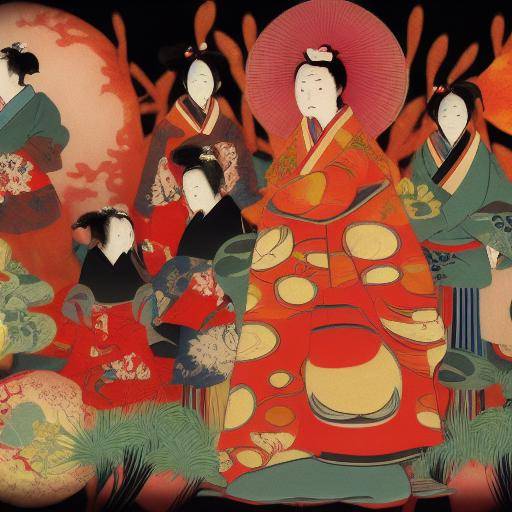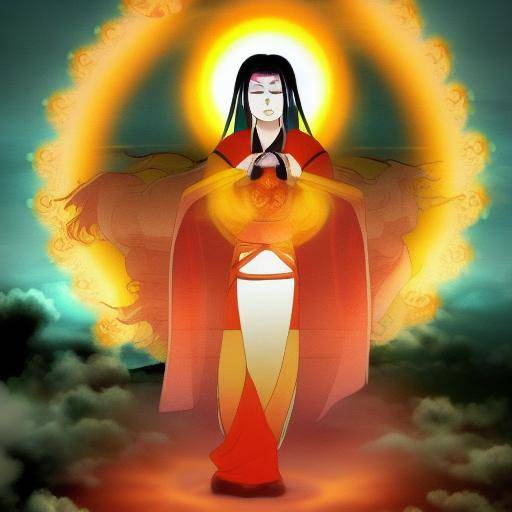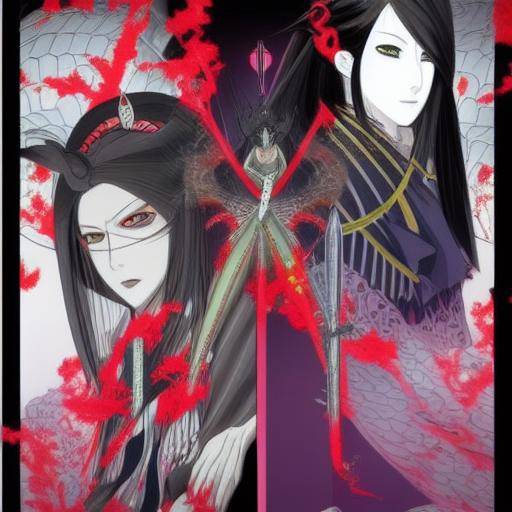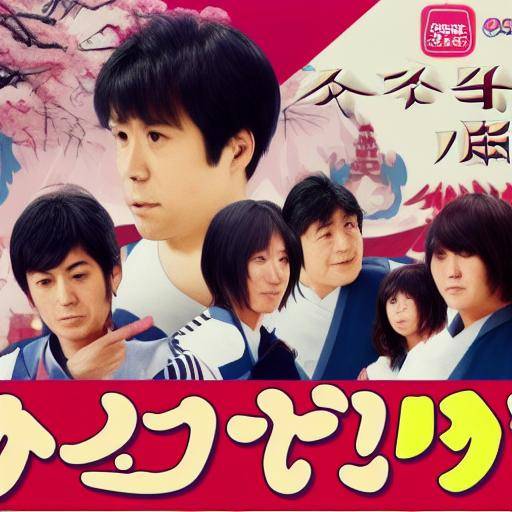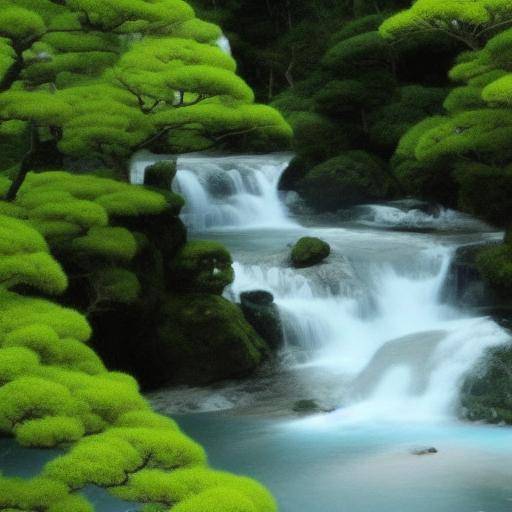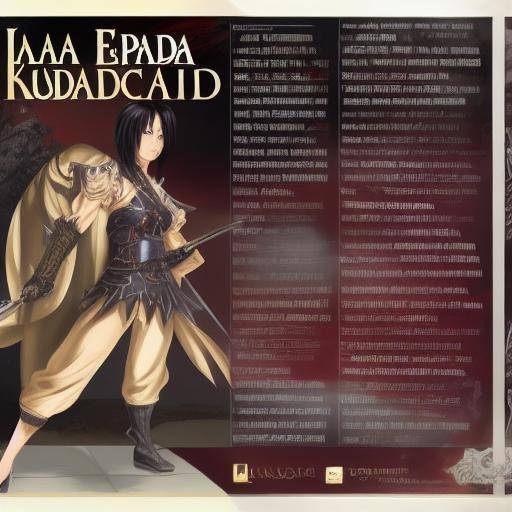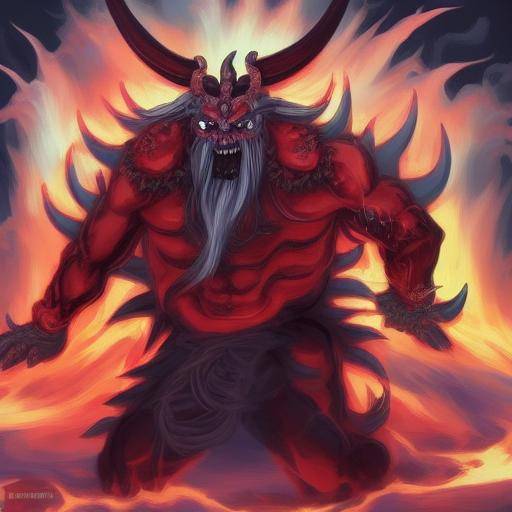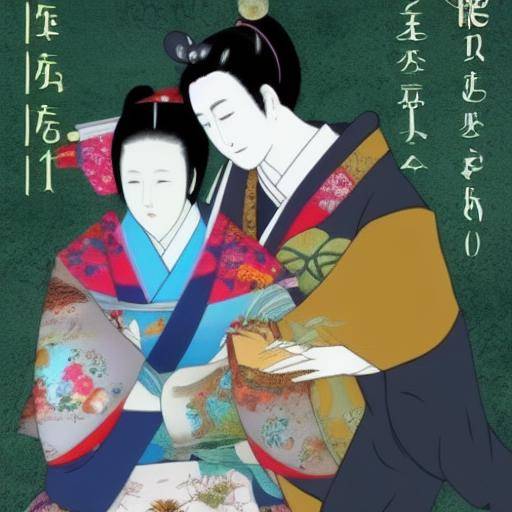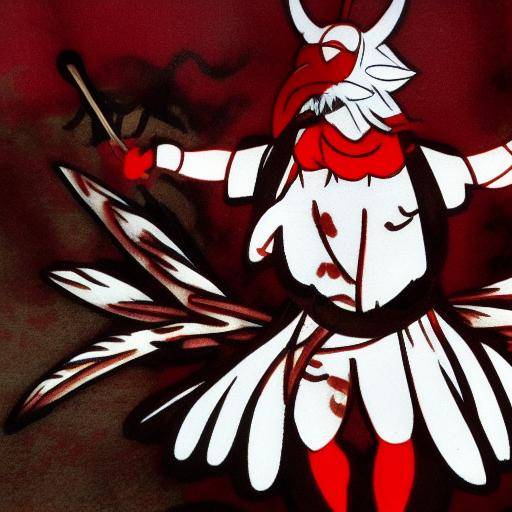
The Tengu, known as forest demons in Japanese mythology, are legendary creatures that awaken imagination and curiosity. In this article, we will explore in depth the history, cultural significance and contemporary relevance of the Tengu within the Japanese myths, as well as their connection to the figure of the devil in the Japanese tradition. From its origins to its presence in the current popular culture, we will discover the fascinating world of the Tengu and its role in Japanese mythology.
Introduction: The Mystery of the Tengu
Since time immemorial, the Tengu have fascinated people with their mysterious and often fearful presence. His image, partly bird and part human, evokes a sense of astonishment and fear of equal parts. In this introductory section, we will explore the fascinating appearance of the Tengu, as well as the relevance of these creatures in Japanese mythology. From their first appearances in the ancient texts to their presence in contemporary folklore, the Tengu have left an indelible mark on Japanese culture, and it is our duty to unravel the mysteries surrounding these enigmatic figures.
History and Background of the Tengu
Origins and Evolution
The Tengu have a rich history dating back to the early days of Japan. We will explore the origins of the Tengu, their evolution over the centuries and their influence on Japanese culture. From the first references in ancient texts to their representation in Noh Theatre and other forms of art, the Tengu have played a significant role in Japan's history. In addition, we will examine its role in Japanese mythology, including its interactions with other deities and its relevance in the country's religious pantheon.
Representation at the Theatre and the Arts
The Tengu have been represented in various ways in Noh Theatre and other forms of traditional Japanese art. They are often shown as guardians of the mountain and protectors of knowledge, with a strong emphasis on their martial and spiritual skills. This section will explore how these representations have evolved over time and how they have influenced the popular perception of the Tengu.
Analysis in Deep Tengu in Japanese Myths
Participation in Popular Legends and Tales
In addition to the rich tradition of Japanese myths, we will explore the role and importance of Tengu in these narratives. From their participation in local legends to their influence in literature and art, the Tengu have been a constant presence in the collective imagination of Japan. In addition, we will examine the different interpretations of the Tengu over time, as well as their symbolism and meaning in Japanese mythology.
Symbolism and Meaning
The Tengu symbolize duality and wisdom in Japanese culture. They are recognized by their protective nature and their ability to punish the arrogant and greedy, as well as their role in the teaching of martial arts. Their connection to nature gives them special status as guardians of natural environments. This section will deepen these symbolic aspects and their cultural relevance.
Comprehensive Review of Demons in Japanese Culture
The Demons in Art and Culture
In addition to its role in Japanese myths, we will explore the representation of demons in Japanese culture as a whole. From artistic representations to popular festivities and traditions, demons have been a constant presence in Japanese folklore. By analyzing how the Tengu are intertwined with the broader notion of demons in Japan, we can better understand their importance and meaning in the country's culture.
Comparison with Other Demons
We will compare the Tengu with other prominent demons in Japanese mythology, such as the oni and the yokai. This comparison will allow us to understand the differences and similarities in their roles and representations, offering a more complete view of demons in Japanese tradition.
Practical Tips and Accessible Recommendations on Tengu
Identification in Popular Art and Culture
We will provide a practical guide to understand and appreciate the importance of Tengu in Japanese mythology. From tips to identifying Tengu representations in art to suggestions to explore places in Japan associated with these creatures, this section will provide readers with valuable information to immerse themselves in the Tengu world.
Exploration of Associate Places
We recommend places in Japan that are deeply linked to the Tengu, such as shrines and sacred mountains. Visiting these sites can offer an enriching experience and a deeper connection with Japanese mythology and folklore.
Conclusions and FAQs
Conclusions: The Transcendence of Tengu
In this closing section, we will summarize the highlights of the article and reaffirm the importance of understanding the relevance of the Tengu in Japanese mythology. We will highlight how the Japanese myths and the figure of the devil continue to evoke wonder and provoke deep reflections in contemporary society.
Frequently Asked Questions about Tengu, Japanese Myths and Demons
Ten.
- **What are Tengu in Japanese mythology?**The Tengu are legendary beings of Japanese mythology that are characterized by their duality, showing both human and bird traits. In Japanese tradition, they are considered guardians of forests and mountains, with supernatural powers and abilities to manipulate the wind and knowledge of martial arts.
- **What is Tengu symbolism in Japan?**The Tengu symbolize duality and wisdom in Japanese culture. They are recognized by their protective nature and their ability to punish the arrogant and greedy, as well as their role in the teaching of martial arts. In addition, their connection with nature gives them special status as guardians of natural environments.
- **How have Tengu influenced contemporary popular culture?**The Tengu remain a prominent presence in modern Japanese culture, appearing in movies, anime, manga and other entertainment media. Its image has adapted to different contexts, keeping its relevance in the current Japanese society.
Japanese myths
- **What are some of the best known Japanese myths?**Some of the most famous Japanese myths include the creation of the world by deities such as Izanagi and Izanami, the myth of the sun goddess Amaterasu, and the stories of the yokai, supernatural beings that inhabit Japanese nature and folklore.
- **What role do Japanese myths play in contemporary society?**Japanese myths remain an integral part of Japanese culture, influencing literature, art, cinema and national identity. The values and teachings present in these myths continue to have a significant impact on the current society.
- **What is the impact of Japanese myths on the global perception of Japanese culture?**The Japanese myths have contributed to the diversification and enrichment of Japan's image in the global scene. His presence in literature, performing arts and other media has helped to project a more holistic view of Japanese culture and folklore.
Damn it.
- **How do demons perceive themselves in Japanese culture?**In Japanese culture, demons are supernatural beings that represent both evil and beneficial forces. They are often associated with nature and considered forces that must be respected and feared.
- **What are some of the most prominent demons in Japanese mythology?**In addition to the Tengu, there are other demons highlighted in Japanese mythology, such as the oni, evil spirits with monstrous appearance that represent evil, and the yokai, supernatural beings that can vary from harmless to evil.
- **How are demons reflected in various contemporary cultural expressions?**The Japanese demons continue to be a source of inspiration in contemporary culture, manifesting themselves in literary works, films, video games and other forms of artistic expression. Their presence influences the creation of stories that explore the folklore and mythology of the country.
In short, this detailed analysis of the Tengu has revealed its vast influence and meaning in Japanese mythology. From their symbolic role to their practical applications, the Tengu remain a pillar in Japanese culture, enriching lives and connecting worlds. As we continue to explore these millennial traditions, it is imperative to honor and understand the profound reverence that the Japanese have sustained by these enigmatic figures over the centuries.

